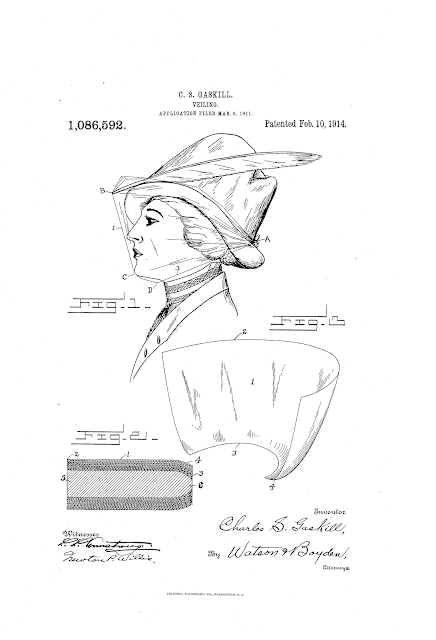The Cooperative Patent Classification (CPC) is mainly meant as a tool to assist the searching of modern patents by subject, but can also be used as a wonderful way to find many older patents.
The document
CPC coverage sets out the date spans for which countries' patents are covered on the free
Espacenet database., where the Classification link leads to the classification schedules. I have checked sample classes and cannot agree on the dates given for comprehensive coverage for two countries.
These are France, where coverage is supposed to be from 1844, and I make it 1902, and Switzerland, where it is supposed to be from 1939 and I make it 1920.
Below are listed the main patent authorities and their coverage:
United States, 1836 to date [i.e. from beginning of numerical series]
Germany, 1877 to date [i.e. from the first publication]
France, 1902 to date
United Kingdom, 1909 to date
PCT, 1978 to date
European Patent Convention, 1978 to date
Going back so far (over 8 million US documents alone) must have been an incredibly hard task and all credit is due to those involved. It is easy to quibble -- I'd like to see titles supplied for all of those covered by the CPC, ideally in English rather than the local language. Applicant and inventor data is also often absent. Adding such data would immensely improve the use of the Espacenet database for historians of inventions. I do realise that this is unlikely to be a high priority.
Top of the list, for me, would be to extend CPC coverage for the UK back to 1893, when the earliest patents appear on the database. Those searching are likely to use English alone, or with another language, and besides the American material it would be very useful to be able to search further back. Maybe material before 1893 could be added ?
So, how can this material be accessed ?
The
CPC schedules on the Espacenet database should be used first. It can be searched by keyword to find possible classes, when the user then drills down to the detailed classes. These can then be transferred to a search mask in the database to run a search, to which additional limits such as by publication date spans and country can be added. Adding applicant or inventor names is hazardous, as often these fields will be absent.
For example, enter in the search box A42B5/00. This is the class for veils for faces, and could also have been found by entering "veils". Tick the hollow box next to the class. This enters it on the left, below which is "Copy to search form". I usually use this in preference to "Find patents" as that would find everything.
Once in the search form, limits can be added. For example, enter in the "Publication date" box 1844:1914. This limits the search to that date span. I found 69 hits. These can be sorted by priority [original filing] date, ascending order, although this may not work well for very early material, as it is often not indexed, so that the earliest appear first.
The "publication number" field can have one or more country codes such as US, GB, FR, DE to limit hits to that country. Hence US reduces the hits to just three, covering 1907-1914. One such is
Veiling by Charles Gaskill of Delaware, as illustrated below.
Three sounded a low number, so I searched the title field by the word "Veil?", where the ? allows an s to be added. There were 35 from 1899, although many were for veil fasteners or brooches etc. A search by title word of the British material gave 87, though only from 1894 onwards.
Clicking on a patent title then means that the actual patent can be seen as a single PDF by clicking on "Original Patent", while clicking on "Mosaics" means that the drawings can be seen as miniature. At the top, "Next" always enables the following hit to be seen in the same format, which is useful for scanning through lots of material.
A big problem for anyone using the database is not knowing what has been indexed -- the patents themselves, or some fields, may be absent. "Absence of evidence is no evidence of absence" -- because you didn't find it may not mean that it doesn't exist. Nevertheless, searching can often reveal useful and often unique material for the history of technology.

























+patent+drawing.jpg)





